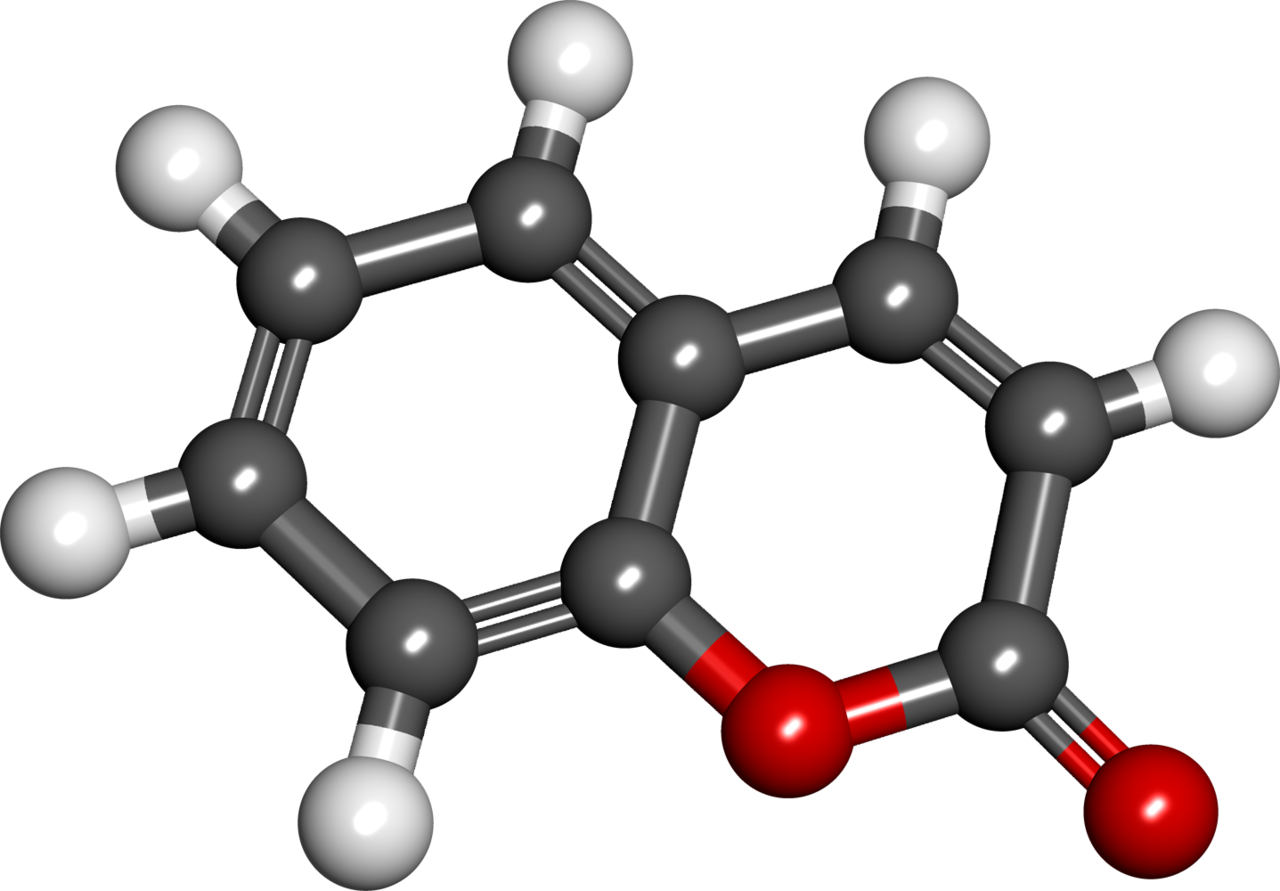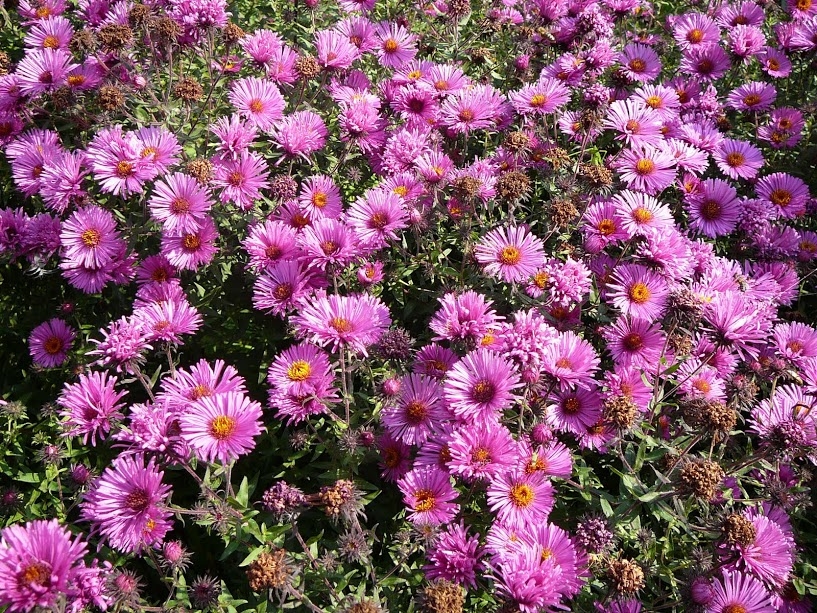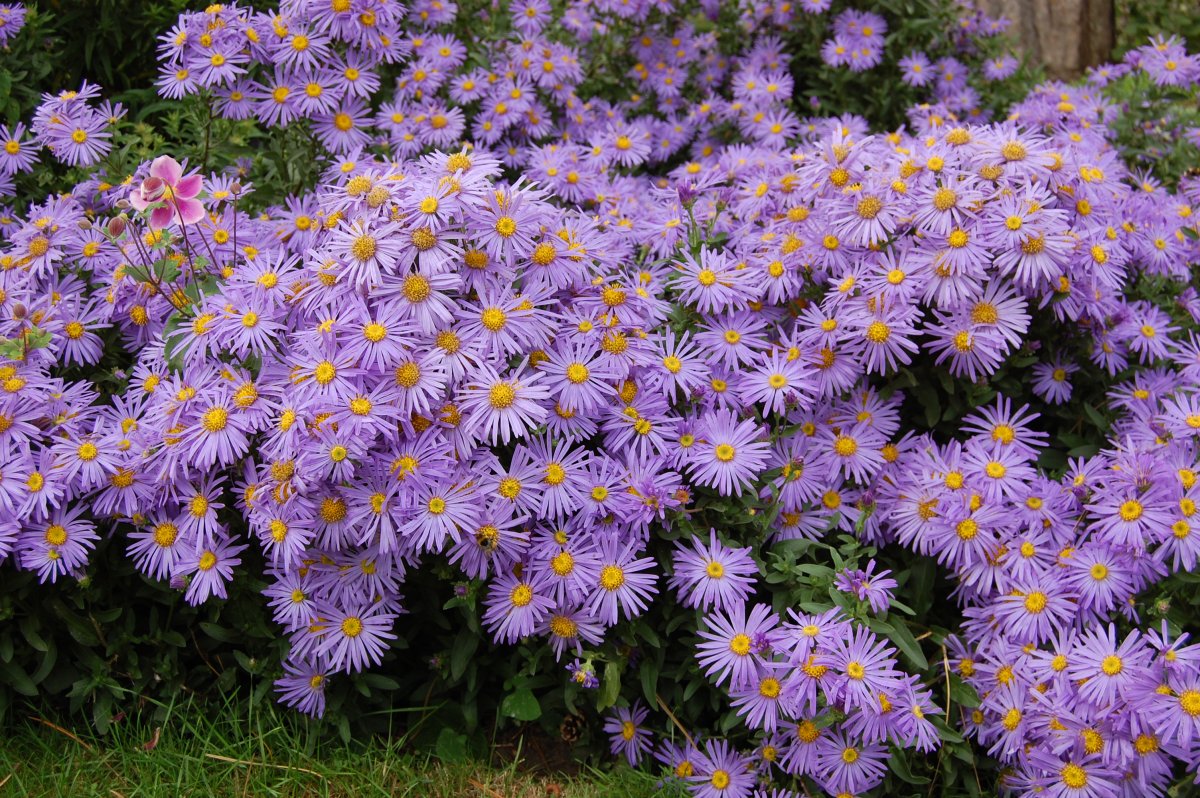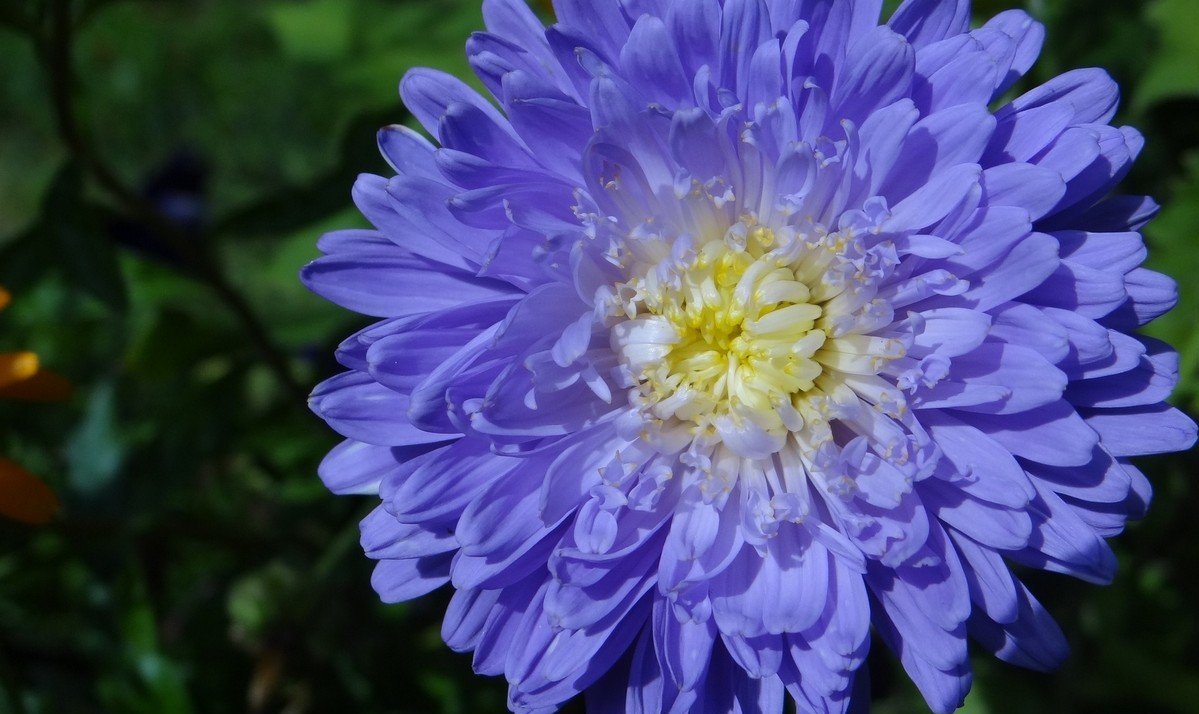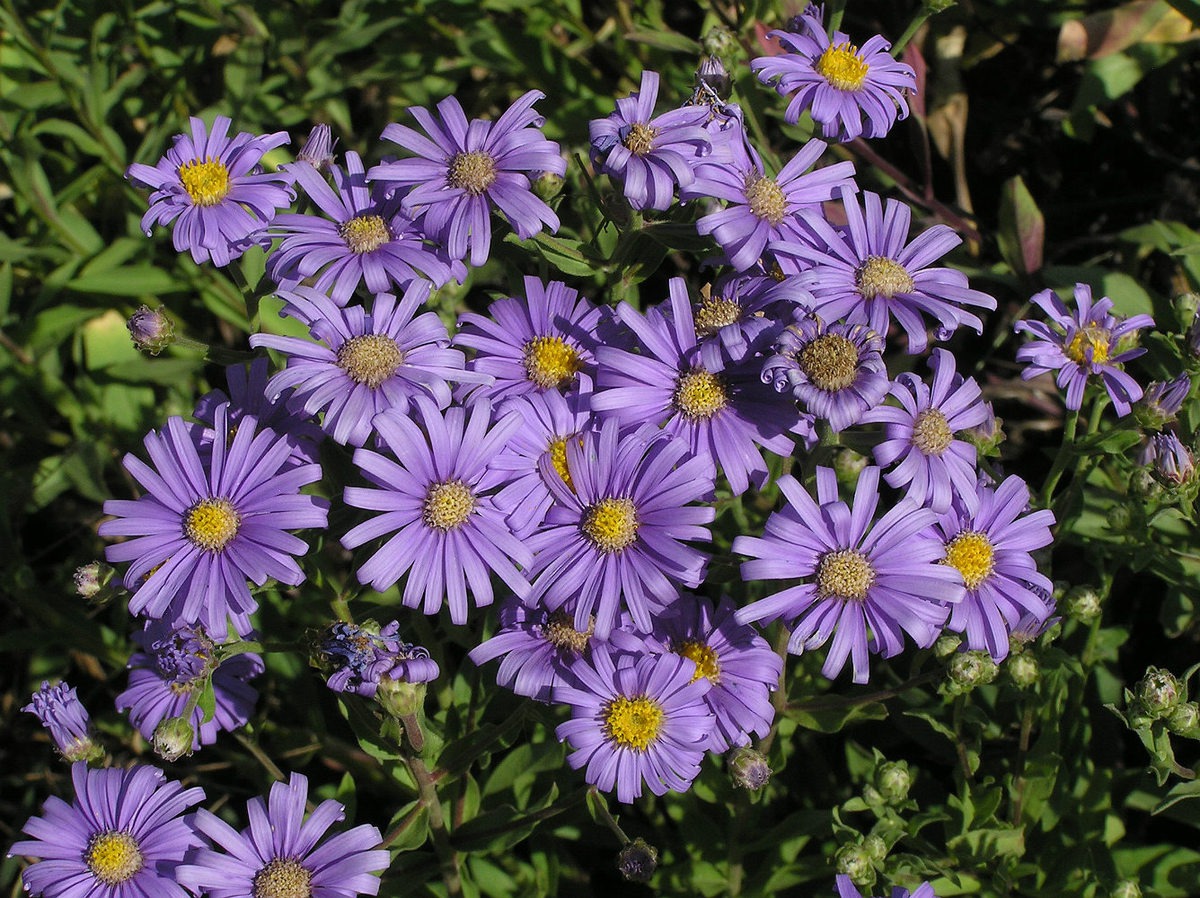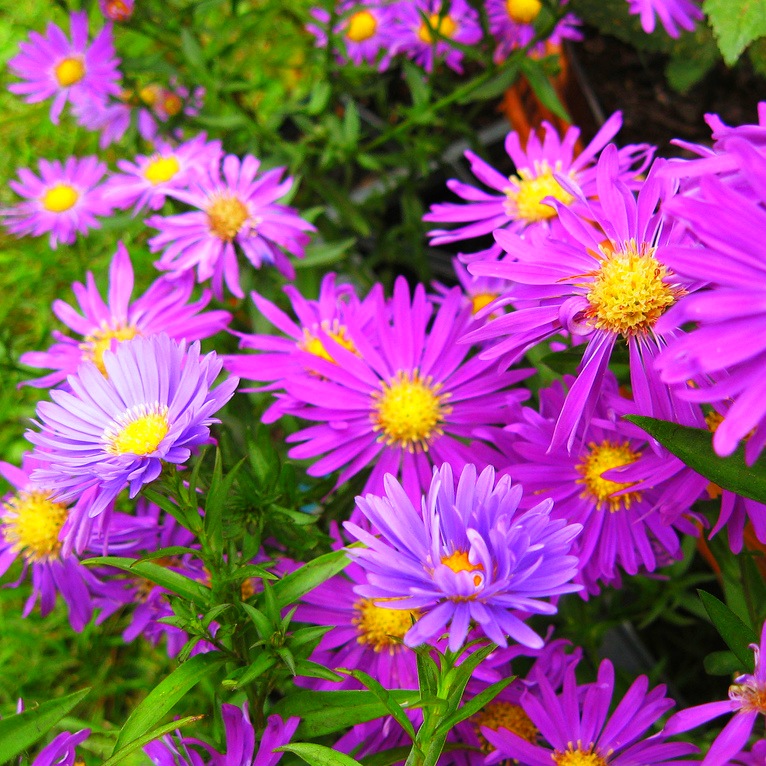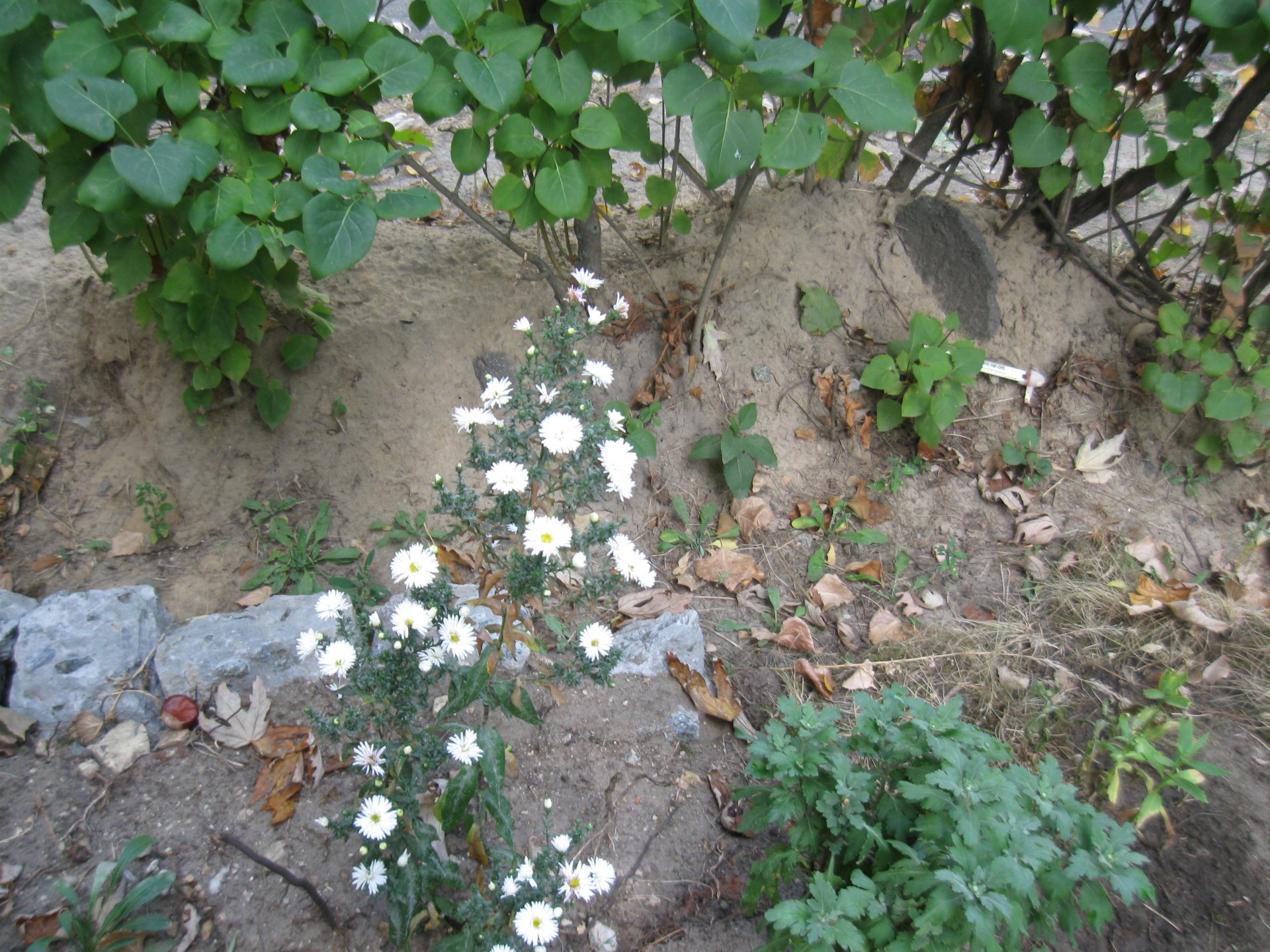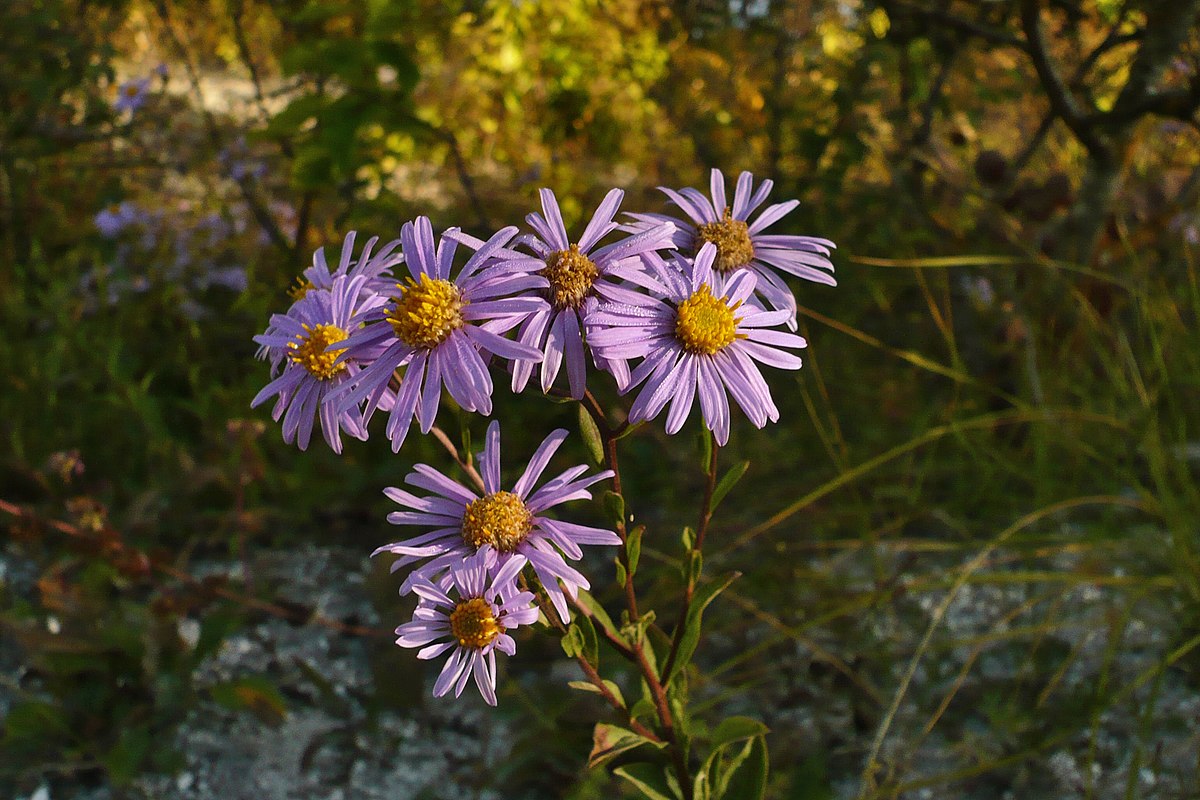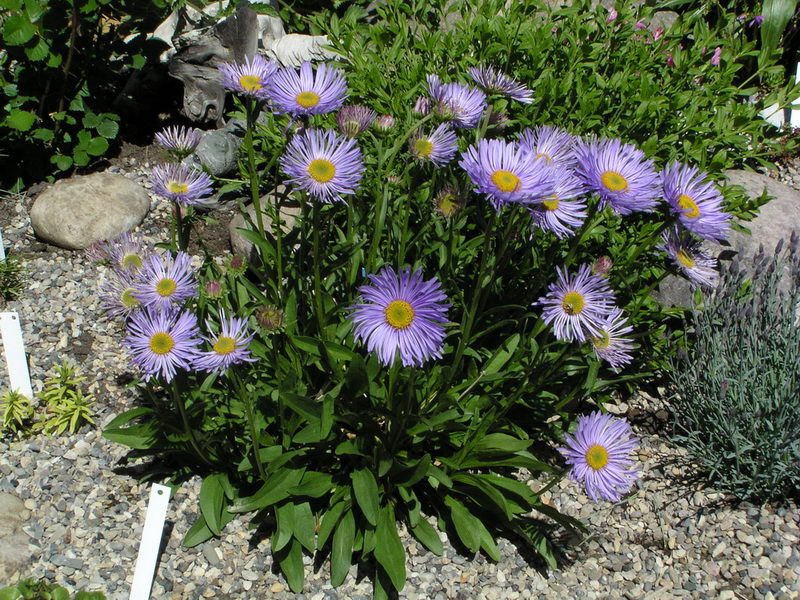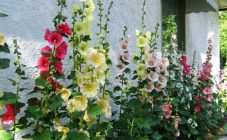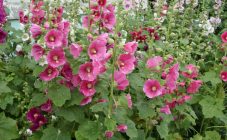Content:
- Description of the plant
- The legend of the perennial aster
- Aster composition and application
- Plant characteristic
- Characteristics of species and varieties
- Astra New England
- Astra White
- Aster Chinese
- Astra Italian
- Astra Dwarf
- Heather aster
- Blue aster
- Yellow asters
- Pink aster
- Astra Siberian
- Astra Violet
- Black aster
- Astra Cushion (Cushion)
- Astra Red
- Astra Gray Lady
- Astra Bokofvetkovaya
- Astra Frakarta
- Astra Umbrella
- Astra False Italian
- Astra Balun
- Astra Dragon
- Astra Giant Rays
- Astra Lady Coral
- Planting a perennial aster
- Growing and care
- Diseases and pests of culture
Perennial aster is familiar to all gardeners and summer residents. But at the same time, the plant is often left without the attention of other people because of its nondescript appearance. In vain. Perennial aster has a number of advantages that make it unique among other flowers.
The article will answer the questions why the perennial aster is so unusual, why experienced gardeners and summer residents choose it, what characteristic features it has, and will consider the features of planting and care.
Description of the plant
Aster belongs to the Aster family, Compositae. The name of the plant comes from the Greek word "Star". So it is called because of the shape of the inflorescences. It is found naturally in Europe, Asia, North Africa and North America.
For the first time, garden asters appeared in Greece. From it the flower got to the Crimea. The people call the aster Oktyabrina, Sentyabrina. It is believed that she drives away troubles and protects the house from trouble.
This flower is popular in China. He personifies love, romance, modesty.
It is a branched rhizome with an abundant number of flowers (13 or more per rhizome). The colors are very different: from white to rich pink, red, blue.
The legend of the perennial aster
The most beautiful legend about the origin of the aster went to our contemporaries from the inhabitants of Ancient Greece. The myth says that people should thank Persephone for the flower - the goddess of spring, the unfortunate wife of Hades, whom he forcibly took as his wife.
The gods ordered her to spend autumn and winter in the monastery of Hades. At one end of August, the goddess was preparing to go to her husband when she saw a couple in love. Persephone, deprived of love, wept with grief. The tears of the sufferer turned into stardust, which fell to the ground and turned into wonderful multi-colored flowers.
Aster composition and application
The use of perennial herbaceous asters is due to its chemical composition, in it:
- Alkaloids.
- Saponins.
- Quercetin.
- Rutin.
- Vitamin C.
- Ascorbic acids.
- Coumarins.
Due to the rich content used:
- Infusion of flowers as an antipyretic, expectorant.
- Extract from the plant relieves itching, inflammation.
- Broths are used for diseases of the stomach, intestinal tract, flu, colds.
- For diseases of bone joints, eye fatigue, leaves and flowers are brewed, making compresses from the broth.
- In Eastern culture, aster extracts are used to treat malaria, stop bleeding.
- Root tincture is a good tonic. It gives strength, heals dizziness, neurasthenia.
- Tonics are made from flowers to improve complexion, firmness, elasticity of the skin.
Plant characteristic
| Description of a perennial aster by evaluation parameters | |
|---|---|
| Plant parameters | · Shrub culture. Refers to the rhizome herbaceous type. Height varies from 25 to 160 cm.Stems are straight, thin with a reddish tint. · The leaves are dark green, the size of the leaf plates from the middle to the top of the stem decreases. Basal leaves are small, single-lobed, stem leaves are longer, slightly curved towards the edge. |
| Bloom | Aster varieties are divided into 3 groups according to the flowering period: · Early (spring) species - begin to bloom from late May to the last days of June. Summer varieties - bloom from July to late August. · Late (autumn) asters - open buds with the arrival of September, continue to bloom until winter frosts appear. It is a self-pollinated crop. The inflorescences of bush asters are baskets, the diameter of which ranges from 1 to 8 cm. In the middle of the aster there are tubular petals of yellow or orange color. The edges of the inflorescence are ligulate. Flowers are simple, semi-double, double. The color depends on the variety. |
| Fruit | Ground cover variety. The seeds are located in the blooming middle of the flower. Large seeds are oblong, soft to the touch with a hairy tuft. |
| Root system | It is presented in the form of a short root with small and thin branches. |
| Frost resistance | · Early and summer varieties have medium resistance to low temperatures. · Autumn view withstands light frosts, temperatures up to -28 degrees Celsius. |
| Drought tolerance | Unpretentious plant. May tolerate minor droughts. |
| Preservation | Average. Flowers in an ideal form can stand at room temperature in a vase for no more than 5-10 days. In a cold room - more than 30 days. |
Characteristics of species and varieties
In an abundance of varieties of perennial asters, experienced gardeners and summer residents choose their favorites.
Astra New England
It is also called American, English, and among the people - Octobrinka. Plant height - 130 cm and above. The shoots are strong. Aster inflorescences 3-4 cm in diameter, terry. The central part is bright orange. The petals are red-lilac or pink-crimson. Flowering begins in August and lasts until severe frosts (morning - the plant is not afraid).
Astra White
The snow-white asters include such varieties as Needle White, Royal Apple. The first variety is unique for its slender petals that look like large needles. Royal is a columnar inflorescence. They reach a height of 1 m.
Aster Chinese
The second name is Callistefus. Height - about 80 cm. Inflorescences consist of tubular petals of varying degrees of doubleness. The flower is peony. The outer side is presented in various saturated shades. It belongs to the summer variety.
Astra Italian
Also called asters Romashkova, Field, Wild, Star. Height - no more than 50 cm. Flower diameter - about 3-5 cm. Blooms from June to October.
Astra Dwarf
It is also called the Low-growing perennial aster. Growth does not exceed 20 cm. It is widely used to decorate paths, flower beds. A popular variety of the species is Astra Bordyurnaya.
Heather aster
The second name is Heather. It grows in the form of a thick ball. Flowers 1-2 cm in diameter, white, pink, blue or purple with a mustard color in the middle. Growth - 50 cm. Refers to autumn varieties.
Blue aster
The hue ranges from sky blue to lilac. The bushes are usually small - no more than 40 cm. The species include varieties such as Dwarf Nancy, Blue Bird.
Yellow asters
Plants of this shade are quite rare. The inflorescences are lush, bloom in the summer. Growth - about 1 m.
Pink aster
Dwarf plants (no more than 30 cm). Flowers bloom in September. The shade ranges from soft plum to deep pink. Popular varieties: Venus, Royal Ruby.
Astra Siberian
Reaches 45 cm in height. The diameter does not exceed 4 cm. It blooms from June to late August. Shades of asters - yellow, pink. The flower is chamomile.
Astra Violet
The varieties of the species have rich, dark or delicate shades of purple.Violetter, Himalayan, Winter are very popular (blooms until mid-November). They grow up to 35 cm. They sprout openly in the mountains of Asia.
Black aster
The inflorescences are terry, black and burgundy. Height - 70 cm. Popular varieties - Flamir Red, Black Diamond.
Astra Cushion (Cushion)
The width of the bush is 30 cm. Low bushes are up to 50 cm. The diameter is 5-7 cm. They look festive because of their splendor. There are different colors. Grows well in the Alpine mountains.
Astra Red
Popular varieties: Red size, Tower. They are distinguished by bright red colors.
Astra Gray Lady
Widely distributed in China. The diameter of the inflorescence is 5-8 cm. They consist of pink-crimson or pink-red flowers with a white stripe.
Astra bokofvetkovaya
The flowers are bright pink, double. The total height is up to 120 cm. It blooms from late August to October.
Astra Frakarta
Height - up to 75 cm. Plant with lavender-blue flowers. It has a thin stem and delicate petals.
Astra Umbrella
Height - about 1.5 m. Flowers are white, 1 cm in diameter. Flowering time - July-September. When fruiting, it forms white-silvery heads.
Astra False Italian
Growth - 10-60 cm. Blooms from July to October. The marginal flowers are pink-purple. The uvula is assembled with 3 fused petals.
Astra Balun
There is a wide range of shades - from white to dark blue. The flowers are lush, spherical, 8 cm in diameter.The length of the stem is about 80 cm.
Astra Dragon
The color of the flower is ivory, snowy, purple, neon-ruby. Refers to mid-late. Growth - around 70 cm. The petals are wrapped in a basket. Aster resembles a ball in shape.
Astra Giant Rays
The variety pleases with a large number of shades - there is even orange. Flowers 6-7 cm long. Length - about 40 cm.
Astra Lady Coral
New grade. Blooms from mid-July to late September. The flowers are lush, pale peach in color. Diameter - 8-9 cm. The leaves of the flower are slightly curved.
Planting a perennial aster
Perennial asters are unpretentious plants. They grow well on all types of soil (fertile, non-acidic soil is better suited). You can add a mixture of wood ash and perplite (one glass each). The plant loves light, therefore it is recommended to give preference to well-lit, free areas.
Sowing seeds is carried out at the beginning of May, when the soil has already warmed up enough. The soil must be well moistened. The grooves are made at a distance of 3-4 cm, 2 cm deep, seeds are laid, sprinkled with soil on top.
After planting, mulching is recommended: a layer of mulch is laid around the bush.
Growing and care
It is necessary to water the plant 2-4 times a week in hot summer weather. In dry times, watering should be increased. Periodically, the soil is loosened to a depth of 7 cm, weeds and faded parts are removed.
It is not necessary to additionally feed the asters. But if flowering is scarce, you can use water-soluble complexes and minerals 1 time per season.
Tall perennials need fixing. For this, pegs are used to which the plant is tied.
If the aster grows strongly, then every year bushes are formed by trimming the tops. Plucking the tops of abundantly flowering plants increases the number of inflorescences.
After flowering, asters are cut at the root.
Diseases and pests of culture
Under adverse weather conditions and non-observance of agricultural technology, perennial aster is affected by:
- Mealy race - white bloom on the component parts of the plant. Later it darkens, leaves, flowers begin to rot.
- Gray rot - flowers are covered with gray fluff.
All infected plants are removed, the rest on the site are treated with medications: Topaz, Fitosporin.
Aster pests affect aphids, spider mites.To get rid of harmful insects, a soap solution is used, which is applied to the plant closer to night, after sunset.
Competently selected varieties of perennial asters will delight gardeners for a long time with an abundant annual inflorescence, beauty of flowers. The main thing is to observe agricultural techniques and remember the characteristics of the variety.

